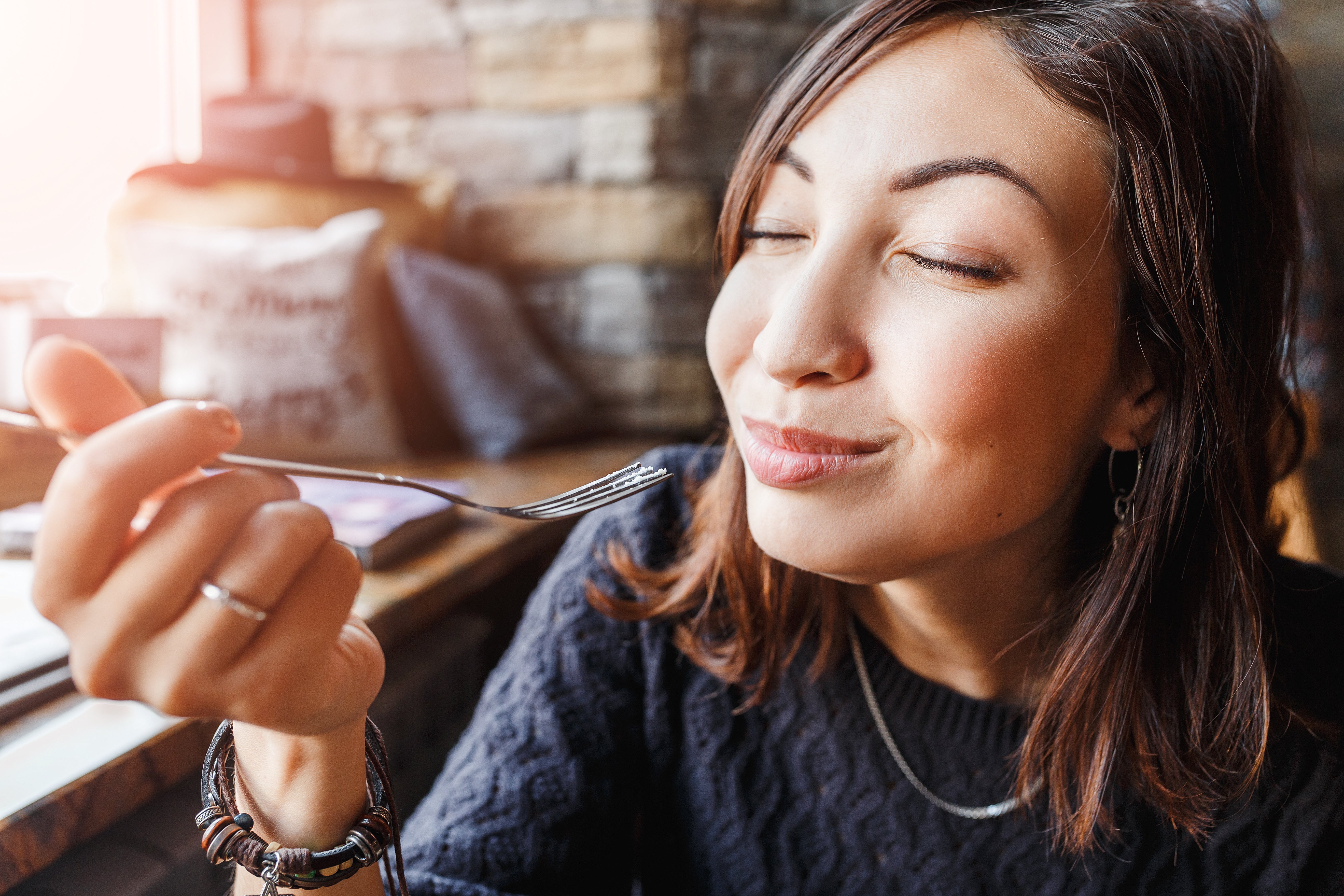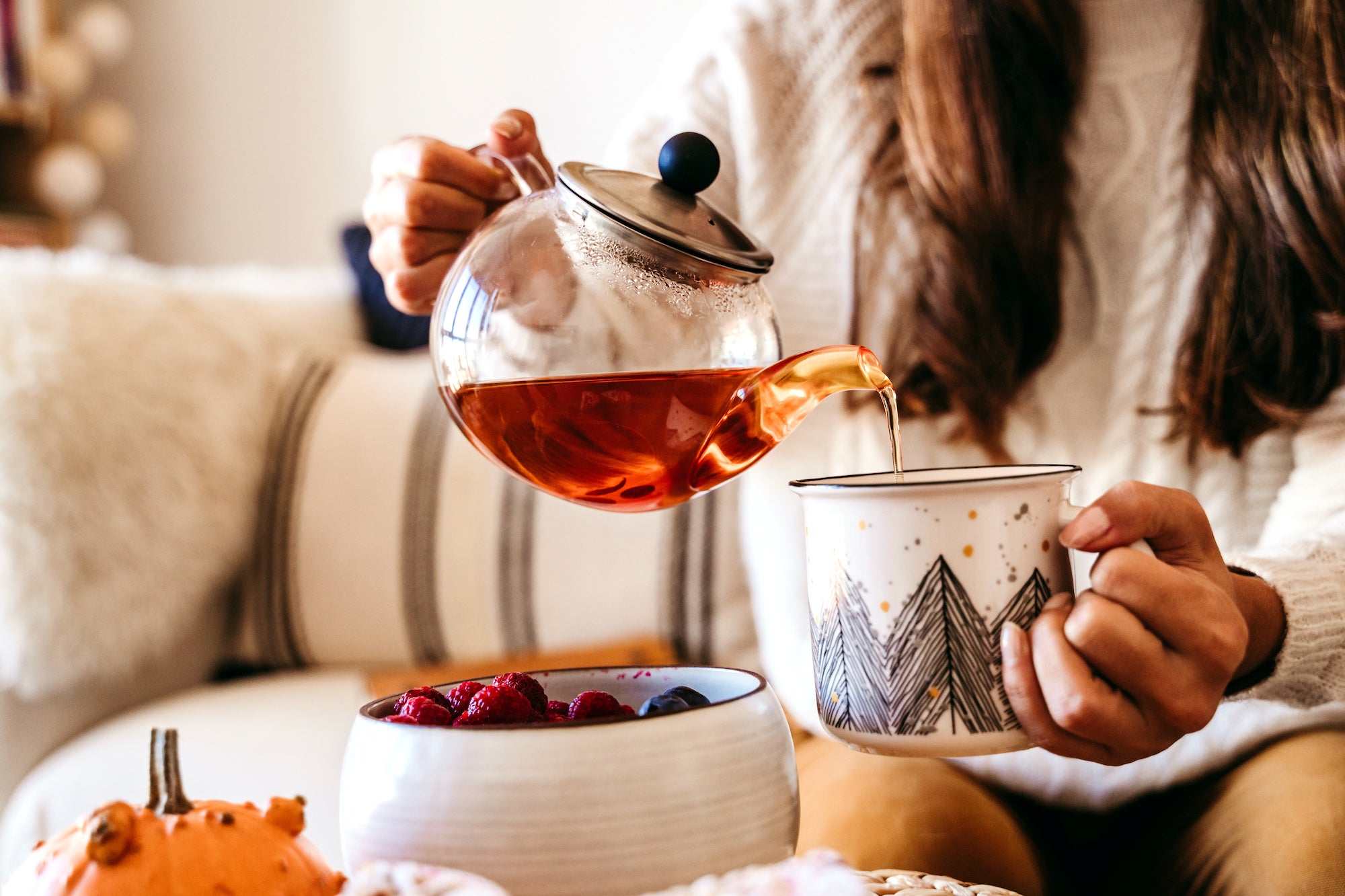
Paleo Acne: What Is the Diet Doing for Your Skin?
How many times have you gone to the grocery store to pick up healthy food, but instead, it turned into a full-scale debate as you reached for Ben & Jerry's? Eventually, you realize maintaining your diet is too important so you put the ice cream back.
This is a pain I know all too well after switching to a modified paleo diet.
And while I can vouch that there are some sweet benefits to eating like a "caveman," most people don't consider paleo’s overall effect on the skin.
Keep reading to learn how paleo affects acne and the all-natural remedy for healthy skin.
The Paleo Breakdown
When most people hear the name "paleo," they probably think about the Paleolithic era...or at least nerds like me do.
A paleo diet is based on what cave people used to eat approximately 2,500 to 10,000 years ago.
To follow the diet, you have to commit to only eating lean meats, fresh vegetables, fruits, nuts, and seeds, and drink plenty of water.
In other words, if the hunter-gatherers didn't eat it (or didn't have access to it), you shouldn't consume it either. The nutrient ratio for someone doing standard paleo can be broken down into 30% protein, 40% fat (mostly monounsaturated and polyunsaturated fats), and 30% carbohydrates.
While this may seem like a rough deal, many believe that the diet's purpose outweighs the restrictions. By returning to the original way humans ate, the paleo diet seeks to reset the body to its highest-performing capacity. This means cutting out artificially made foods, highly processed foods, or foods that became available thanks to farming practices (like refined sugars and grains). In addition, the ratios are set up so that a person does not overeat. I mean who’s ever guilty of that?
Paleo for Acne
Now that you know what the paleo diet consists of, the question is, how does it affect acne-prone skin? The good news is, that the foods you give up during the paleo diet are some of the same trigger foods that cause acne. Foods like sugar, dairy, and refined grains can be big problems if you want to see clear skin. So does that mean paleo is the right choice on a clear skin journey?
Well, let's take a look at the four paleo diet habits to find out.
Overdoing the Omega 6 Intake
When a person starts paleo, they almost instantly begin consuming much more omega-6 foods, such as chicken, beef, pork, and nuts. Why does this happen? Usually, you’re consuming more protein than you would on average and this can pose some serious skin side effects.
While omega-6s are essential for your diet, too much of anything is bad. An abundance of omega-6s can cause inflammation which leads to serious acne situations. If you want to keep up with paleo and clear your skin, watch your omega-6 consumption and incorporate veggies and fruits. When all else fails, always try to shoot for cleaner, grass-fed meats.
Less Fat Could Lead to Better Skin
It may seem like you’re eating more fat on Paleo, but the kind of fat is what matters. Healthy fats, like nuts and avocado oil, are good for the body and skin. While unhealthy fats, like fast food or greasy meals, are not.

Choose me!
People who adopt the paleo diet tend to consume less of the unhealthy fats and this is a definite plus for your skin. Too much unhealthy fat can lead to widespread inflammation and this, mixed with dead skin, bacteria, and excess oil can produce acne.
Too much B12
First off, what is B12? B12 is a vitamin responsible for the health of the nerves and blood cells. It also helps create DNA.
It can come from supplements or foods such as eggs, liver, and tuna which are all recommended on a paleo diet. Too much, however, can cause the body to shut off its natural production of B12 and instead start making pro-inflammatory compounds.
You can keep your B12 intake at a decent amount by only eating high-B12 foods a couple of times a week. It’s all about how you balance your meals.
No Dairy? Fewer Breakouts
Every child (or nearly every child) is told from a young age to drink milk to help their muscles grow strong. That widely publicized slogan (I mean who doesn't know it?)keeps us diligently consuming dairy well into adulthood. Luckily dairy is not a paleo-approved food and for good reason too.
Dairy has been linked to the overproduction of oil, and this ultimately contributes to acne. Shocking?? I know! While the relationship between acne and dairy is still being figured out, research strongly suggests that the body cannot handle much dairy intake (which is why so many have an aversion to it).
My advice: Stick to the paleo-approved foods. It can save your skin big time!
The Solution to the Problem Skin
When it comes to changing a diet, it can be a tedious and frustrating process, especially if you're concerned about your skin. But while you’re trying to stick to your new nutrition goals, you can keep your skin fresh and clear with natural skincare.
Averr Aglow's Clear Skin Kit is packed with over 40 natural-based ingredients that deposit healing nutrients for an acne-free complexion. Tens of thousands of customers have seen an astonishing difference in their skin and you can too!

When your diet calls for a back-to-nature approach, let your skincare routine follow suit.
Natural for the win!





